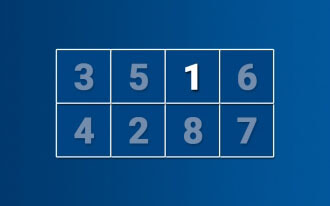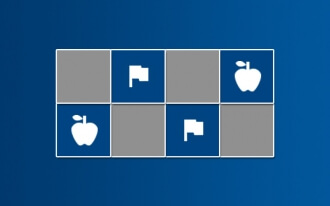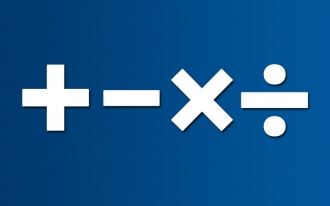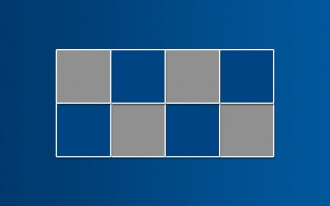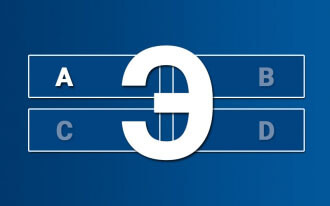- BRAINTRAIN |
- Trainers |
- Attention Training |
- Schulte Alphabet
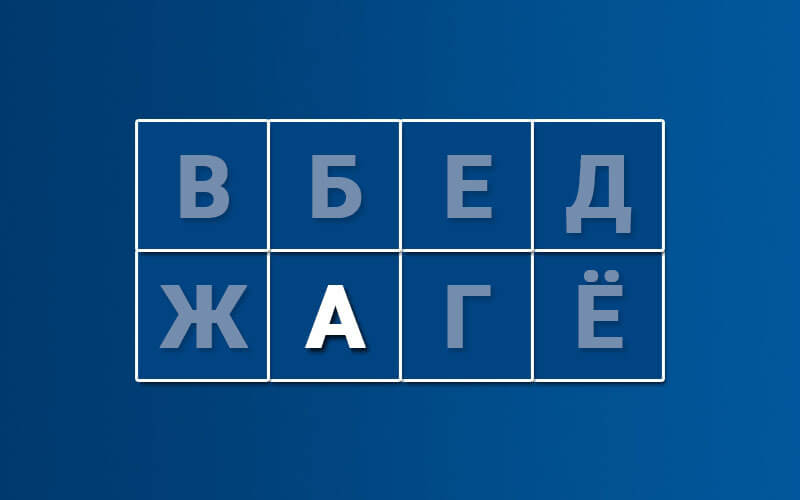
- Develops attention
- Speeds up reaction
- Expands field of perception
8242 KS: 22
The classic Walter Schulte table was developed by the renowned scientist and practitioner for diagnosing patients’ attention qualities. However, this psychodiagnostic tool soon became a brain training exercise, as it showed excellent results. Other researchers and therapists in the field collaborated with Dr. Schulte to develop complications for his table. One such expanded brain trainer was the Schulte-Gorbov table, which served as the prototype for the “Schulte Alphabet” exercise. It includes not only numbers but also letters, with differently colored cells in the original version adding a distracting effect during training.
This trainer does not fully replicate the aforementioned table but adopts its principle and, thanks to digital technology, can gradually increase the difficulty level. Additionally, cell shuffling and rotation effects have been added, significantly increasing the task’s complexity.
What it trains
“Schulte Alphabet” has its own features and is suitable for training those who know at least one alphabet. Its apparent simplicity should not be misleading, as it is one of the most effective attention trainers of the past century. The combined efforts and experience of several scientists have honed this tool for maximum results.
Field of perception and its training
The brain’s analyzer centers are structured so that we are most receptive to information at the center of our attention and lose concentration proportionally as we move away from it. In other words, it’s difficult to perceive and evaluate objects outside the center of our focus.
This table is designed so that sequential letters are arranged in an unfamiliar order, requiring you to scan the entire table to find a specific letter since you don’t know which direction to move in. This enables repeated training to expand your field of perception, allowing you to simultaneously see and analyze a larger area in front of you. Note that the size of the playing field is considered in its design and matters; do not zoom in on the screen during the task. As levels become more complex, the number of cells with information also increases.
Attention development
Completing this brain exercise requires heightened concentration at all stages. The tasks are structured so that successfully completing easier levels increases difficulty, demanding even more attention to find the required letter cells. This moderate load on the central nervous system’s analyzers is highly beneficial and promotes sustained attention development.
Reaction training
With this relatively simple trainer, you create a load not only on the analyzers and their centers but also on corresponding motor functions activated by the nervous system’s centers. Limited time encourages quick actions immediately after locating the correct letter cell position.
Thinking speed
With complex settings, a wide field of perception alone is insufficient; you must constantly analyze cell data, which also shuffles. The speed at which a player can do this determines the final result. It’s equally important to mentally retain the order of the chosen alphabet’s letters.
Rules
You can adjust the trainer’s difficulty by selecting which alphabet will be displayed. This can be Cyrillic or Latin, affecting the number of letters in the alphabet. At higher levels, empty cells are filled with distracting symbols. As you change this setting, you’ll notice the difficulty coefficient in the top-left corner of the playing field increase or decrease. This metric directly affects the training’s difficulty but also increases the points awarded for each correct answer.
Shuffle – a feature where the cell positions change with each correctly selected cell. This prevents memorizing the coordinates of multiple sequential letters in advance, requiring you to search anew each time.
Rotation – a complicating feature involving randomly rotated cells with letters. Their unusual spatial orientation makes finding the required letter more difficult and adds complexity to the training.
At the start, the table consists of only 9 cells instead of the classic 25, but by the third level, it reaches 25, growing larger and more challenging thereafter. The difficulty level increases with each correctly completed table. Incorrect answers delay this process.
The restart button in the top-right corner of the playing field allows you to restart the training without losing the selected difficulty settings.
Scoring and progress analysis
For convenient tracking of each training’s results, you are awarded a corresponding number of points upon completion, based on several key indicators.
The formula for scoring points for a correct answer is as follows:
Your total points + DC*Level
DC – difficulty coefficient, which depends on the difficulty settings chosen before the test. You can see this number in the top-left corner of the playing field. Increasing the difficulty settings raises the difficulty coefficient.
Level – a variable value that starts at a minimum at the beginning of the training and increases by one position with each correct answer. An incorrect answer lowers the level by one position.
The formula for deducting points for an incorrect answer is as follows:
Your total points – (DC*Level)/2
The total points never go into negative values.
Multiplayer
For a more engaging training experience, you can invite friends and hold a competition. After selecting the difficulty settings, go to the multiplayer section and share the link with friends by copying it or clicking the icon of the desired social network.
The competition can begin once all players confirm their readiness (the “Ready to play” button).
The playing field updates simultaneously for all, and the correct answer is credited to the player who clicks first.
Your point total changes color during the competition: green means you’re leading, red indicates insufficient points.
